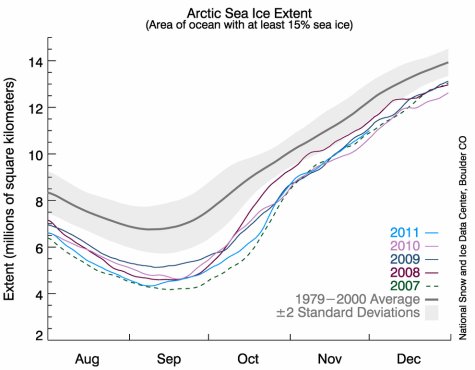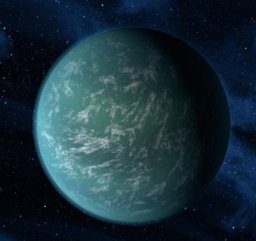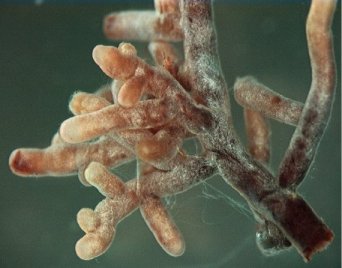Dr. Daniel Botkin holds a PhD in ecology and is currently Professor Emeritus in the Department of Ecology, Evolution, and Marine Biology at the University of California, Santa Barbara. He is best known for his books about nature, and has been called “one of the preeminent ecologists of the 20th century.” His website has a lot of good material, including an excellent FAQ regarding global warming.
The reason I am blogging about Dr. Botkin is that he authored a fantastic article in the December 2, 2011 issue of the Wall Street Journal. The article starts with an incredibly unscientific quote which comes (ironically enough) from NASA senior scientist Michael J. Mumma:
Based on evidence, what we do have is, unequivocally, the conditions for the emergence of life were present on Mars—period, end of story.
This kind of statement might excite people, but it does nothing to promote science. In fact, it does quite the opposite. As Dr. Botkin masterfully points out in his article, the phrase “period, end of story” should never be uttered by anyone who is trying to be scientific. The fact is that in science, we never have the end of the story. New information comes in constantly, and sometimes, it overturns old ideas, despite the fact that those ideas might be accepted by virtually every scientist on the planet. As the title of Dr. Botkin’s article correctly proclaims, absolute certainty is not scientific.
Dr. Botkin goes on to discuss how global warming advocates hurt their cause by making statements with absolute certainty, and I agree with his assessment. As I read his article, however, I couldn’t help but think about the hypothesis of evolution.
Continue reading “Certainty and Science Do Not Go Together!”





